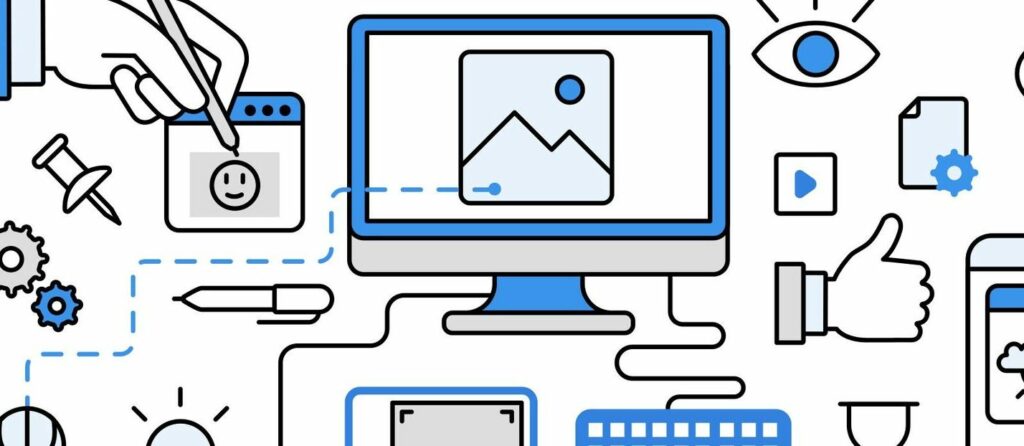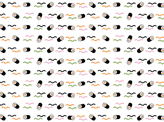Web design is a term that describes the process of creating an infrastructure of online content. This could be a website, an online application, a mobile application or a user interface. Web designers look to create something that is both aesthetically pleasing and easy to use. Before you start designing, you can also take a Technical Skills Test to see what level you’re at. Taking a test like this will give you a sense of areas where you may lack skill.
Focusing specifically on websites, this article hopes to further your understanding of what web design entails, as well showing the benefits it can bring to a business.
Why is Web Design So Important?
The look and usability of a website will affect customer perceptions, rates of traffic and sales. The list below shows just 3 of the many ways a website can impact the health of a business.
- First Impressions are Everything
A website is usually the first interaction a potential customer has with a brand; therefore, it is likely to have a big impact on the way a business is perceived, as well as influencing the amount of time a user is willing to spend on the site.
- It Benefits Search Engine Optimization
SEO is now at the core of any successful digital marketing campaign, but for SEO practices to pay dividends, a well-structured website is necessary. If you want to see how well your site is doing, you can check your SEO score and see how you currently stand in Google’s eyes. Search engines use bots to crawl websites to determine if they can be trusted and are worthy of a high ranking. If a site is not structured correctly it cannot be crawled, and therefore cannot be recommended to users. A website’s architecture will also impact loading speeds, which in turn, affects rankings. Search engines are aware that 40% of visitors will leave a website that takes more than three minutes to load, and so they will not allow slow sites high rankings. In addition to the website’s design, content, and structure, search engines will analyze how long it takes for a website to respond. This relates to server response time which is down to your web host. Choosing a reliable and high-performance web host is just as important as designing your website well. Top 10 Website Hosting have researched and recommended web hosts based on real-life tests like uptime, speed, and performance. A decent web host will offer an uptime guarantee, use the latest technology like SSD storage, and provide multiple data centers for you to choose from.
- Trust and Consistency
A website’s design can have a large effect on the way a brand is perceived. One study from the Stanford Technology Lab found that 46.1% of participants judged a website’s credibility on factors such as visual design, layout, typography, font size and color schemes.
What does Web Design Involve?
From programming, coding, written content and aesthetic design, making a website involves a variety of different skills. Considering this in line with the effects a website’s design can have on sales and search engine rankings, many businesses choose to employ a web design agency. Below is a list of just some of the different parts of web design.
Color Schemes
A website’s color scheme plays a vital part in the overall look of a site. Choosing colors that appeal to a business’s target audience can create a more consistent brand image. Since a website involves more than one color choice, it is also necessary to ensure a cohesive and attractive color scheme is maintained.
Layout
This is where aesthetics and functionality meet, and while there is no set structure that should be followed, there are some general principles that are employed for a successful website layout.
Navigation
Navigation is a fundamental facet of website building. When a website crashes, or glitches, it is often a poor navigation set up that is to blame. A website’s navigation should be simple to use for both first-time visitors and returning customers looking to more specific searches.
Written Copy
While not included in a web designer’s long list of duties, written copy plays as much of a role in the success of a website as any visual or technical design. Ensuring both design and copy work together will really benefit the overall look and usability of a site.












